A small cap winner beneath the surface
"Laserbond are a great supplier, they have the technology, knowledge and people to be a global success story."- Supply Chain Manager at long term Laserbond customer
Laserbond (ASX:LBL) is an Australian surface engineering company that manufactures, repairs, and reclaims high-wear metal components using advanced materials and technologies to extend their lifespan and reduce maintenance costs. Founded in 1992, it serves capital-intensive industries globally, including mining, energy, transport, and manufacturing by making tools and equipment last significantly longer, saving those clients material amounts of money.
Under the guidance and ownership of its founding family, with Wayne Hooper now CEO, the business has grown revenue at 16% CAGR over the last decade, generating normalised margins in the mid 20% range and requiring minimal CAPEX.
Because of this long-term track record, it wasn’t long ago that LBL was a darling of the small cap investor community, trading on >20x PE.
A few missteps in their Product division, a necessary investment phase and a resulting profit crunch have seen the stock fall nearly -70% from its peak. The stock now trades at ~10x PE.
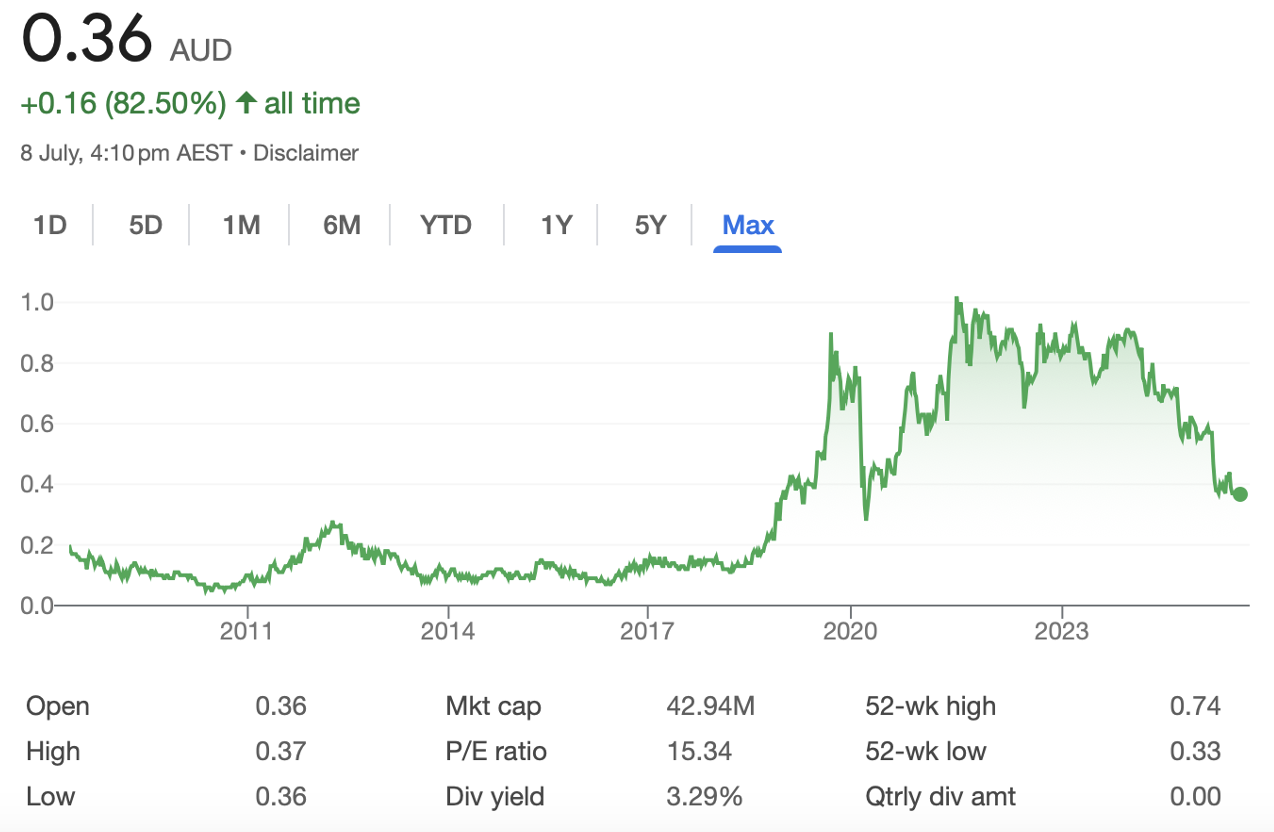
We get interested when a good company runs into temporary issues and the market gives up on it. We think Laserbond may be a prime example of this.
Laserbond Overview
LBL is an Australian surface engineering company that develops and applies advanced materials and technologies to enhance the performance and lifespan of industrial components. Founded in 1992, with a vision to dramatically reduce maintenance costs and extend product life, the company serves capital-intensive industries such as mining, minerals processing, energy, agriculture, transport, and manufacturing.
Laserbond operates through 2 main divisions.
- Services: uses patented surface engineering techniques to reclaim and re-engineer high-wear metal components.
- 55-65% of revenue;
- In most cases, post the Laserbond reclamation, the part lasts significantly longer than new;
- Despite improved lifetime, remanufacturing typically costs the client substantially less than purchasing a new part;
- Turnaround time is crucial, so Laserbond has built out a national presence, creating a distinct moat;
Some examples of reclaimed parts are below:
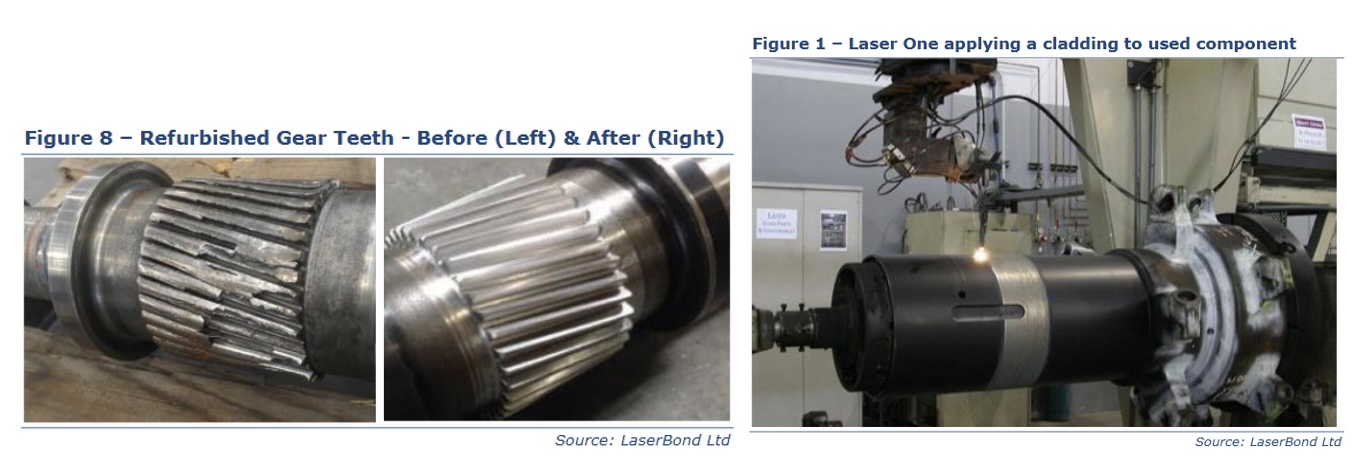
Products: supplying unbranded consumable parts, primarily to two multinational OEM’s. The products are subjected to Laserbond technology, increasing useful life by 10X.
- 30-50% of revenue;
- The parts they supply are consumable and make up a relatively small component of the overall machine and its price. Therefore, the increased lifespan is highly attractive to end users as the cost of downtime is multiples more than the cost of the component;
- Laserbond provides technological differentiation that enhances the OEMs' product offerings;
An example of one of its products, and the financial impact for the customer, is below:

Laserbond’s Edge
LaserBond's competitive edge appears to stem not just from possessing laser cladding equipment, but from its accumulated expertise in tribology, proprietary material formulations, patented application techniques, and the ability to tailor solutions to specific wear challenges. The company's emphasis on R&D, university collaborations, and unique deposition methods points to a strategy based on specialized knowledge and continuous innovation.
Beyond its technical know-how, LaserBond’s geographic spread and national presence is important to customers as transportation of large components, sometimes weighing several tonnes, becomes increasingly expensive over greater distances. For a customer, time is money, as downtime for equipment impacts their own ability to generate revenue, making turnaround times critical.

A major growth constraint is their sales channels – supply chain managers. Per our discussion with industry experts, supply chain managers are extremely cost focussed and risk averse. Many have been “fooled by snake oil salesmen in the past” and are reluctant to take a chance on new products. If the coating you put on is wrong, the cost in downtime is enormous, so they need to be extremely careful.
The flipside to this is once you’re in and delivering to customer expectations, the likelihood of being swapped out is very low. This becomes evident when examining the duration of Laserbond’s top 15 customers (see graphic).
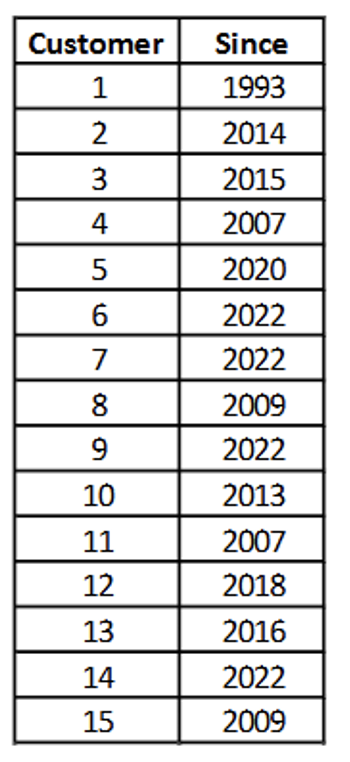
Further evidence of this risk averse “trial first” nature of its customers is the growth Laserbond sees once they get their foot in the door. Orders from customers who were new in FY20 grew 3.4X by FY24.
Finally, the introduction of Global Sustainability Accounting Standards in FY28 should drive increased demand for remanufacturing services. Importantly, it will be driven by the less price conscious, more pro-risk C suite. A remanufactured product has less than 1% of the carbon footprint of an equivalent new part.
Laser Cladding Overview
Laser Cladding is an advanced manufacturing process used to enhance the surface properties of components. It utilises a high-powered and highly precise laser and powder feeding system to deposit overlapping welds on a metallic substrate. The technology has long been used industrially for repair and remanufacturing, with new use cases emerging through additive manufacturing.
The process produces a metallurgical bond compared to some other surface engineering technologies e.g., thermal spraying which produces a mechanical bond. Laser cladding also limits the heat affected zone and is more precise than other welding techniques.
Laserbond’s early entry into laser cladding has allowed it to establish a technological advantage over its rivals, such as Hardchrome Engineering, with LaserBond offering a wider variety of cladding options and superior lifetime results, due to its laser cladding systems producing a more consistent cladded surface with less defects.
LBL is one of a few surface engineering businesses in Australia to have an internal R&D team. Their R&D is focused on the development of new materials and the associated processing parameters for coating technologies. Finding new ways and solutions to address client needs, enabling them to stay at the forefront of laser cladding, is key to LBL’s long term growth.
Field Research – Customer Conversations
As part of our research process we regularly speak to customers. For LBL we were able to get in contact with several, but of most relevance was our discussion with a customer of nearly two decades, with key points summarised below.
The executive, who is a supply chain manager at this customer, noted that LBL’s technology on both their product and service division was unique and very difficult for competitors to replicate. Much of it is the result of not only equipment and technology but accumulated knowledge built over many years.
There has been a gradual improvement in quality over time, and LBL is still ahead of their competition in this regard. There certainly are competitors, many of whom come in cheaper than LBL, but quality and reliability become more important factors for a customer like this given LBL’s service/product becomes a critical aspect of this customer’s operations. A modest saving in cost is not worth the operational risk of switching providers, it would require a substantial reduction while at least maintaining existing quality, to consider doing so.
US Expansion on Hold
The key catalyst for us to buy LBL shares more aggressively was their announcement that they have put their US expansion plans on hold. While we think the US has plenty of opportunity for the company, with customers in the region encouraging them to set up a local presence, we respected the decision to focus on the core business, get things humming again, and seek to expand geographically once earnings have improved and, hopefully, the share price is trading at a more appropriate valuation.
Financials
The way we look at Laserbond is by splitting out the divisional gross profits against the Group operating expenses. This is because the direct labour and consumables can be allocated to each segment, but the overall OPEX (management, rent, electricity, administrative) is separate.
The chart below shows the half yearly development of segment gross profits against group OPEX. It does a good job of highlighting the factors behind the 1H 2025 profit crunch:
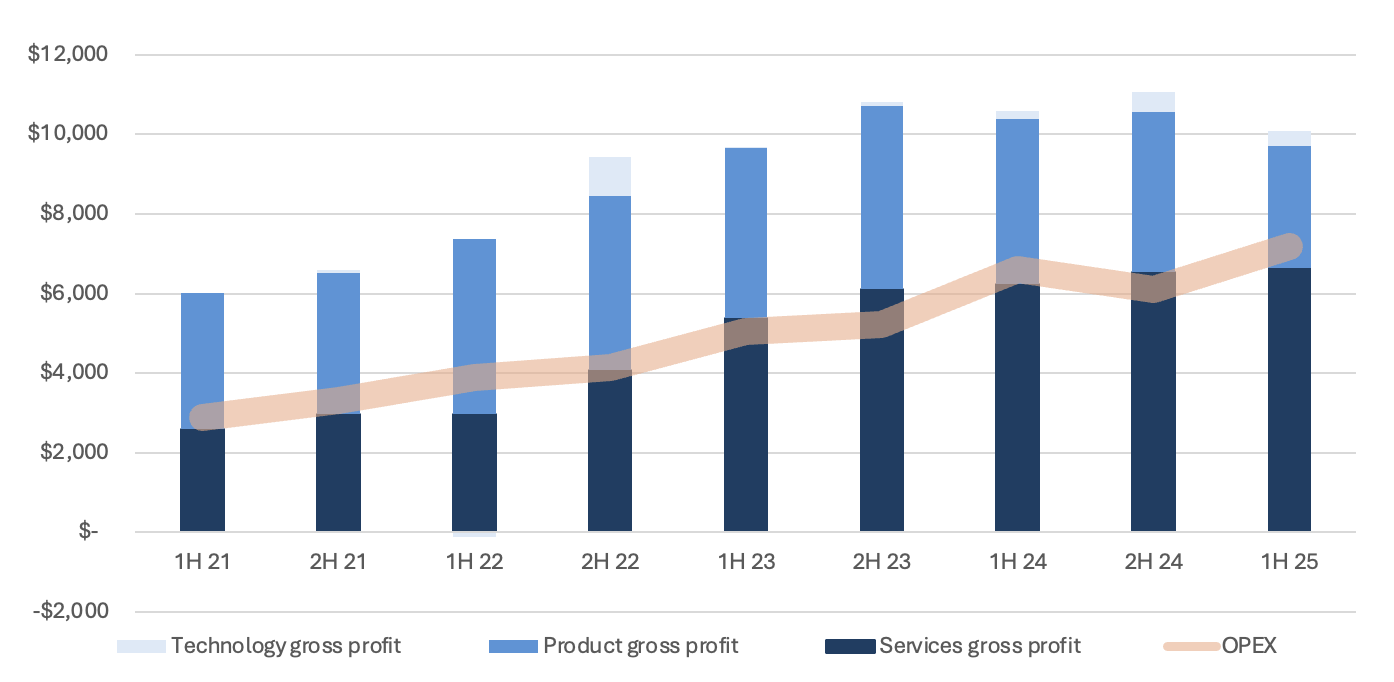
Key to our thesis is the view that the issues impacting profits in recent periods are transitory. The customers in the product division are ordering again, the onboarding of new skilled labour has been done and the Services division has continued to grow to record levels.
For starters, the 2H of 2025 is likely to experience a half-on-half decline in OPEX as the one-off employment costs (visa’s, recruitment, etc.) incurred in 1H 25 are not repeated. These amounted to >$600K in 1H 25.
Secondly, it takes 3-6 months for an employee to become efficient, so the overall gross margin should improve from the 49.7% reported in 1H25 back towards the long term average of 52.5% in time. This alone would add a further $600K to the bottom line.
Finally, the revenue from the products division is also expected to normalise over time back towards its average as their customer ordering issues resolve.
Putting all of that together, we estimate LBL will exit FY25 on a Group level run-rate of $22M GP and $13M OPEX.
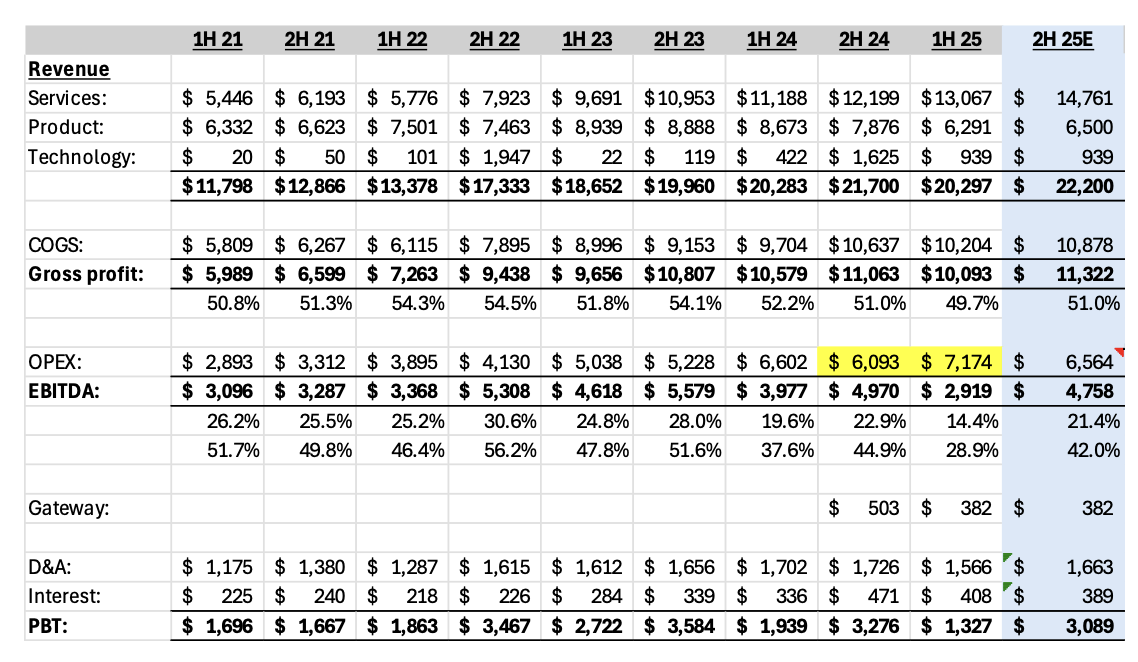
Note that company guidance is for 2H25 PBT of $2.4-$3.1m.
The market has been caught up in the short-term issues encountered by LBL, but sometimes it is important to take a step back and look at the big picture:
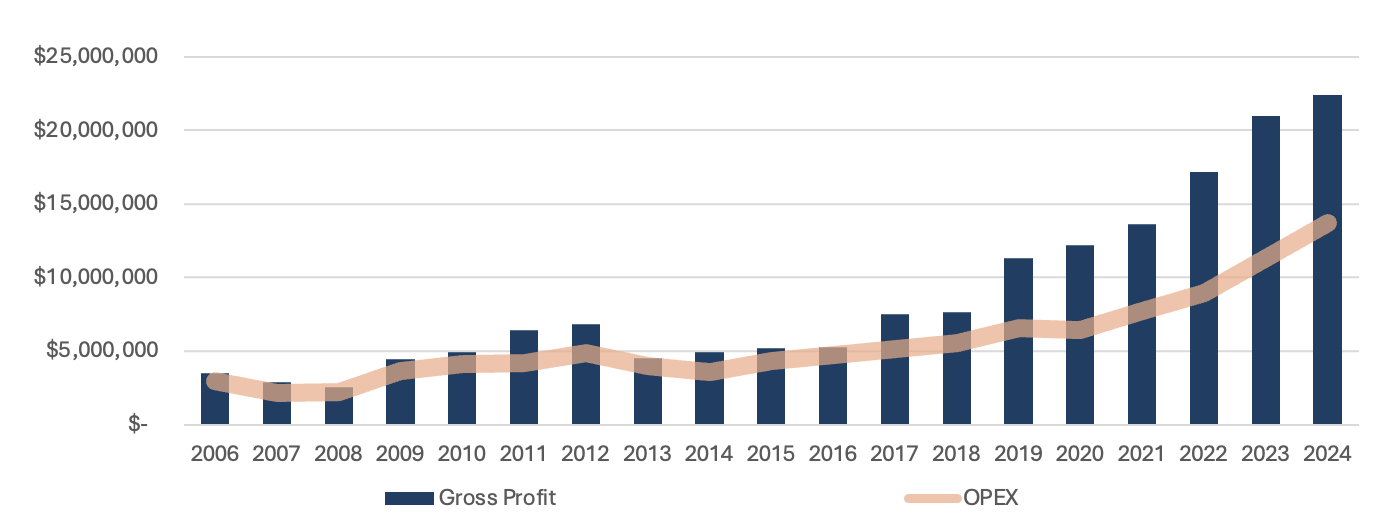
This business has grown revenue at a CAGR of 16% over the last decade, while maintaining ~20% profit margins. They have ample capacity within their existing facilities to expand and have now hired and trained the employees to deliver it. While the Products division has been impacted by changing customer order patterns, Services has continued to grow nicely.
We don’t know if all the short-term issues will be resolved in the upcoming full year results. It’s also difficult to estimate the precise long-term growth rate of Laserbond from here. But at the prices we’re paying (~10x PE) for a founder-led business with an impressive long term track record, we think the odds are in our favour on a medium-term basis.
At current prices, we estimate we are acquiring a market leading provider of mission-critical consumable components and services, for <5X EV/EBIT. As margins normalise and Group level growth returns, we don’t think it’s unreasonable to assign LBL an 8X multiple, which based on our forecast EBIT of $9.5M within 2-3 years, would result in a valuation of $0.65 or >60% upside.
4 topics
1 stock mentioned

